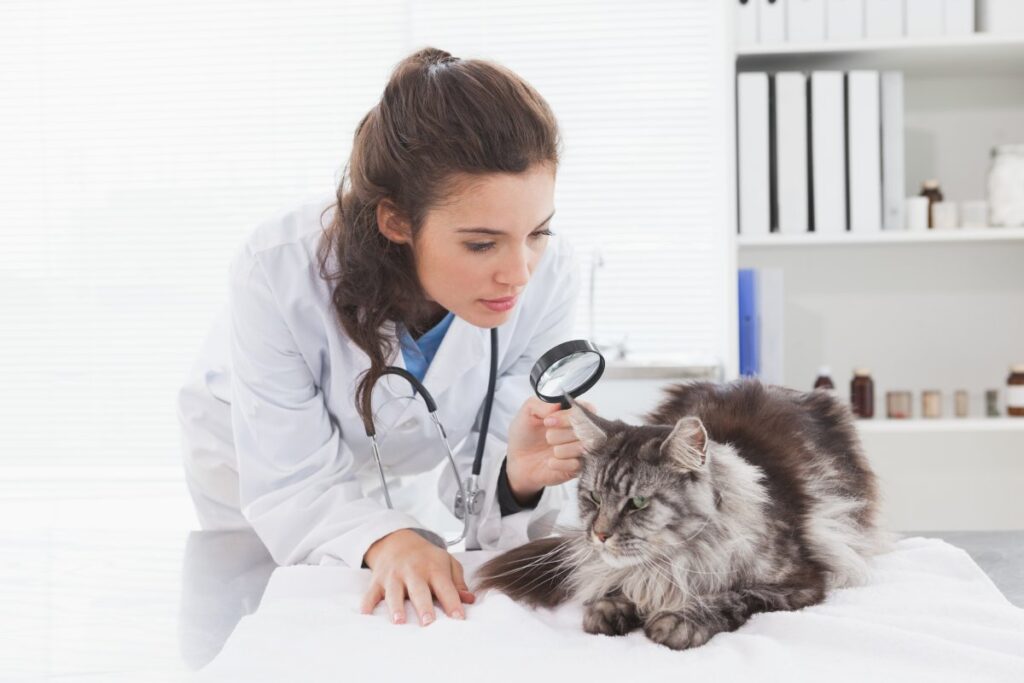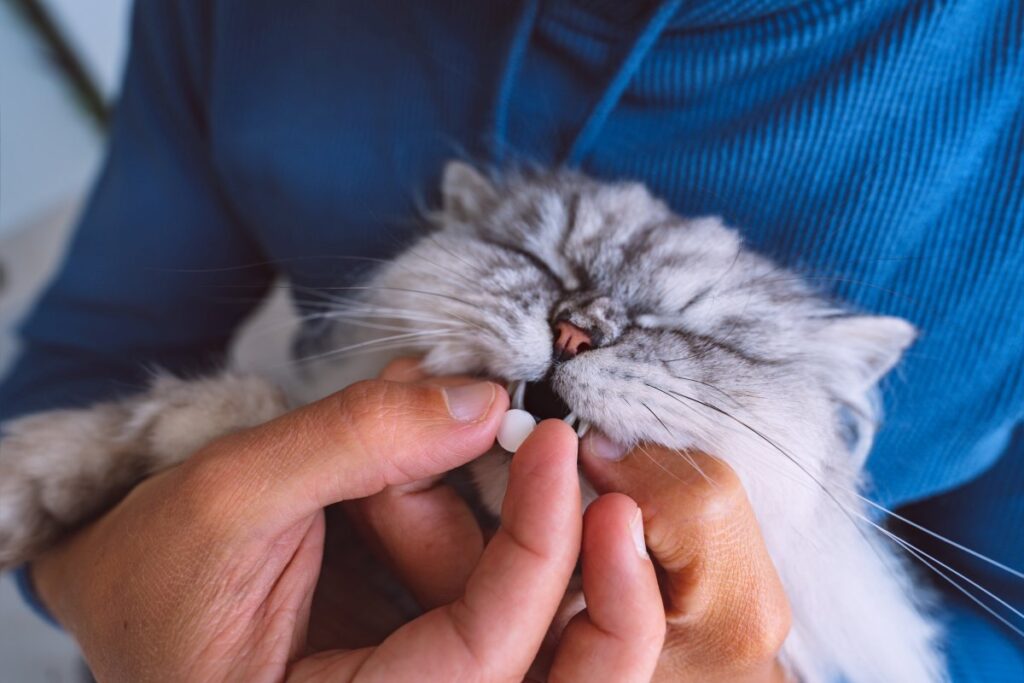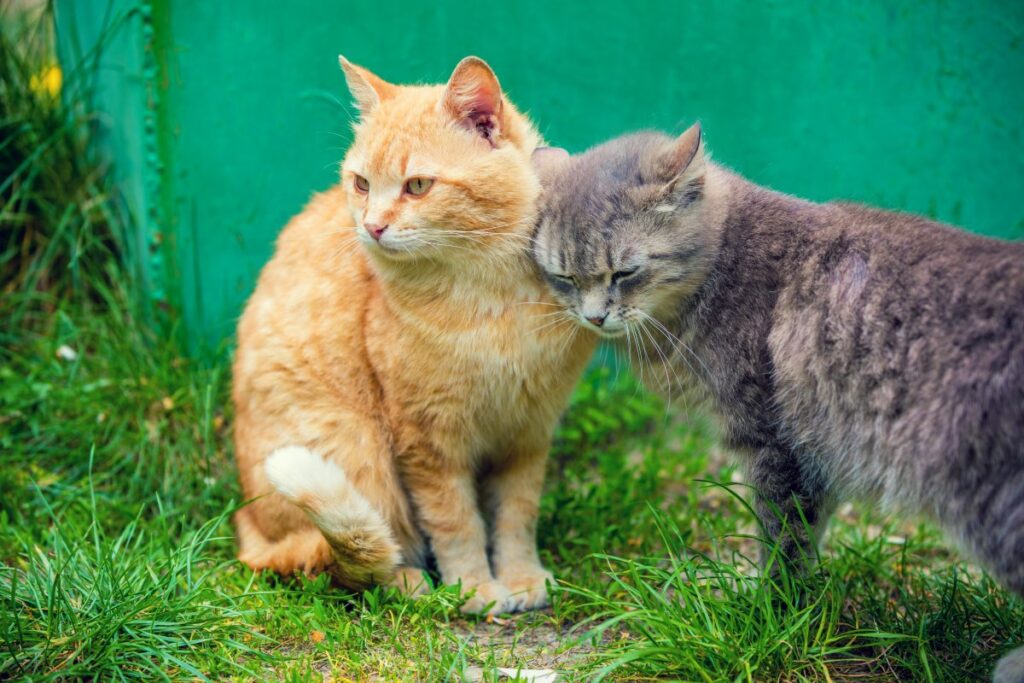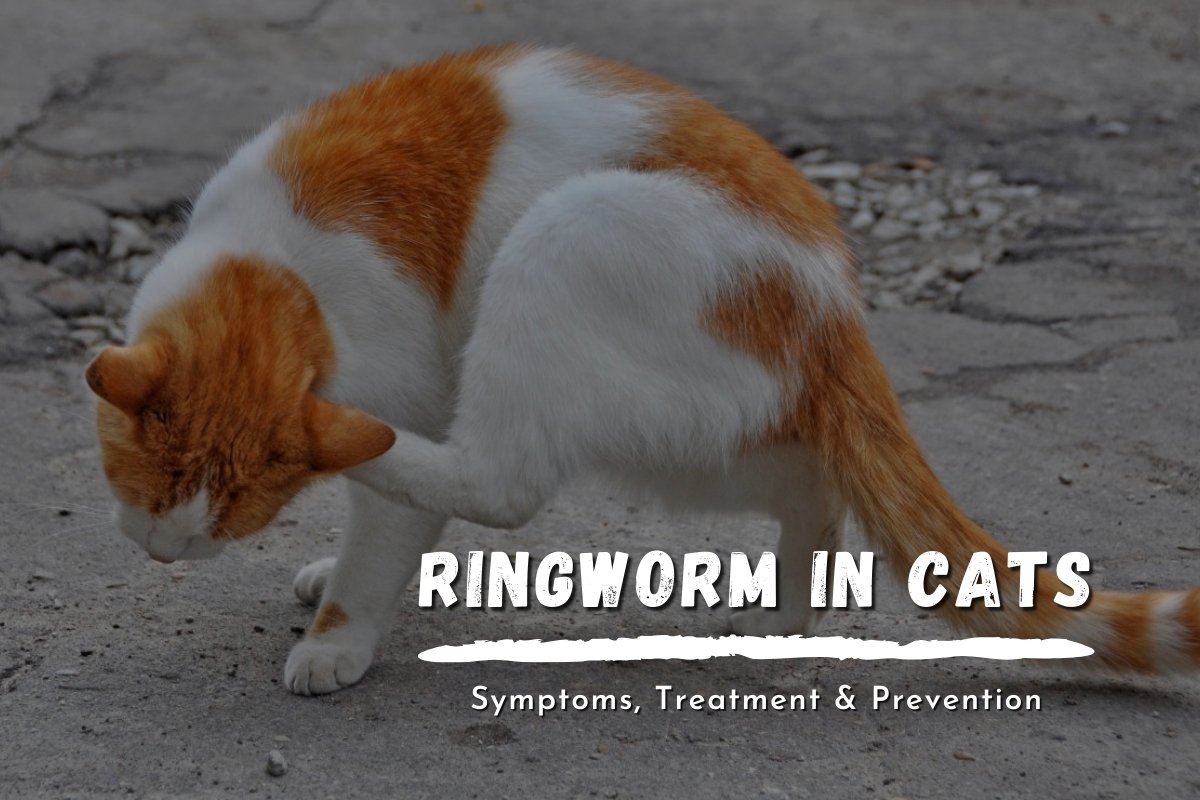Skin diseases are prevalent in cats. According to one of the research, about 15% of cats have at least one skin disorder. Cat skin infections are very common and are on top of skin diseases. In cats, skin infections are caused either by fungal or bacterial microorganisms. Among these two, fungal infections are reported in most cats. One of the types of this infection is ringworm which is often seen in cats. Ringworm infection is also called dermatophytosis.
So, if you are concerned about your cat getting infected with this infection, keep reading because this article has most of the information you should know about ringworm in cats, including its symptoms, treatment, and prevention.
What Is a Ringworm?
Ringworm is a skin infection that affects both humans and animals, and it is caused by a fungus leaving you uncomfortable with itchy skin. Different fungi cause ringworm infection, but a fungus called Microsporum canis is the root problem for 98% of cat ringworm infections.
Causes of Cat Ringworm
The fungus lives everywhere, whether grooming tools, towels, or blankets. When cats come in contact with these surfaces, they can get ringworm infections. Surprisingly, this fungus also lives in humans’ and animals’ infected hair or skin.
Following are the examples of possible transmission of ringworm to cats:
- Sleeping next to an infected pet
- Being brushed with an infected grooming equipment
- Sleeping on an infected bedding
- Touching the surface of an infected furniture

Your cat doesn’t always get ringworm infection even after contact with fungus because cats and kittens with strong immune systems are less likely to develop ringworm than those with compromised immune systems.
Moreover, long-haired cats are sneaky carriers of ringworm. This is because when these cats get an infection, they shed hair more than short-haired cats, which is more noticeable.
Symptoms of Ringworm Infection in Cats
Hair loss or alopecia is the most common symptom associated with ringworm-infected cats. The excessive hair loss varies with the extent of the infection, but most cases have localized patches. Your cat will show crusty and scaly patches on her skin with broken hairs.
In some cases, cats display red or inflamed skin with circular rashes, which is very itchy and uncomfortable for cats. You will notice your cat constantly scratching or grooming her skin. Occasionally, infected cats also develop small bumps and pustules on their skin with hair loss and secondary bacterial infection.
How Is Ringworm Diagnosed in Cats?
Affected treatment is highly dependent on the proper diagnosis of the ringworm infection in cats. Your cat will require proper identification of the fungal organism via different methods.
The most common way for diagnosing dermatophytosis is by examining hair samples of infected animals through a microscope. Broken hair with fungal spores can easily be seen under the microscope, showing ringworms’ high presence.

Another method includes the use of a tool of Wood’s lamp. It is a piece of equipment used to check the fungal spores due to its ability to emit UV light. However, not all fungal spores fluoresce under UV light; in fact, the species responsible for the ringworm infection will appear green when illuminated with the equipment tool in a dark room. The fluorescence of the cat’s fur and skin is incredibly indicative of infection under a Wood’s lamp.
These two methods effectively determine the fungal spores, but they do not technically provide a conclusive diagnosis. The fungal infection identification is made with the help of fungal culture and isolation. The sample of Microsporum canis is the proper identification of ringworm infection in cats.
Ringworm Treatment for Cats
Ringworm infection is very uncomfortable for cats as it causes severe itchiness. This infection can be treated with different medications and treatments; however, your vet will recommend you the best treatment option for that particular fungus responsible for your cat’s ringworm.
In most cases, veterinarians recommend both systemic and topical antifungals for treatment. Topical medication can directly be applied to the affected area of your cat’s skin. At the same time, a systemic antifungal is given orally.

Itraconazole is the most common oral medication your vet is more likely to recommend to your infected cat. On the other hand, miconazole is another most common topical medicine your vet might suggest. Your cat will also be prescribed antifungal creams, shampoos, and dips.
If you apply a topical medication on your cat’s skin, do not let her lick the cream as it can cause her to become sick. Consider distracting your cat’s mind in feeding or other activities when applying a cream.
How Can I Prevent Cat Ringworms?
It is difficult to prevent your cat from ringworm but surely not impossible!
Keeping your cat’s skin and coat healthy makes her less likely to develop ringworm infection with fungal spores. Also, healthy nutrition plays an essential role in maintaining a cat’s hair and skin follicles.
If you welcome a new pet cat into your home, keep her quarantined for a few days if her skin indicates an unhealthy coat or skin.

If a pet cat is exposed to a ringworm-infected animal, discuss the possibilities of prophylactic treatment with your vet. It can take more than two weeks or months to clear off the developed ringworm infection.
Keep your cat in the best health state as it is the only way to fight off the lingering fungal and itchy skin infection.
How Common Is Cat Ringworm?
While some infections are uncommon, ringworm is one of the most common infectious skin disorders that cats are facing worldwide. Many cats or kittens with weakened immune systems are more prone to become infected. Long-haired cat breeds, cats in high-population areas, and cats with various systemic diseases are more susceptible to this skin infection.
Wrapping Up
Your cat will never sleep in peace if she catches a ringworm infection. If you notice your cat is excessively scratching or grooming her skin, then better take her to the vet because early diagnosis of this infection can help in bringing a better result.
Indeed, your vet will suggest you the best recommendation for warding off the ringworm.








1 comment